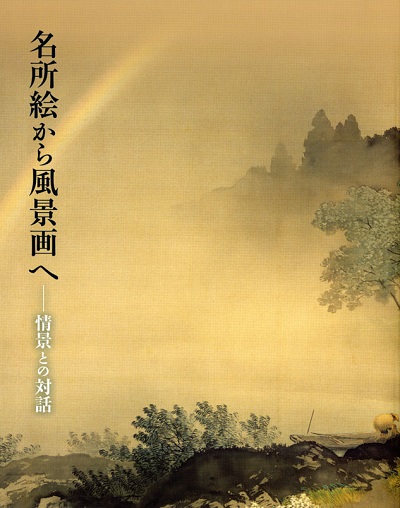| image | information |
|---|---|
 |
Japan is blessed with scenery of the four seasons, and has created waka poems including certain sights as their themes called utamakura (a place name often mentioned in ancient Japanese poems), since ancient times. These sights have been referred to as meisho (famous place) and refined images of these sights were formed over time. Since then, after various transitions, these developed into landscape paintings that we are familiar with in the present day. In this exhibition, we focus on the meisho-e (painting of famous place) which are deeply related to the formation of Japanese sense of nature, to the fukeiga(landscape painting) which attempt to depict the atmosphere and elegance within close-by scenery, from the Edo period to the modern times. If we consider the meisho-e and uta-e (poem painting) as the origin of Japanese landscape paintings, the Chinese landscape paintings that were transmitted to Japan during the Kamakura to Muromachi periods, must have caused a stir in depiction of landscape paintings, broadening their expressions. Forms of mountains with overhanging cliffs that cannot be seen in Japan, and scenes of lofty landscapes based on Shenxian (ancient Chinese concepts of Taoist immortality) thought, moved painters and the literati. The Asian scenes that could not be viewed became a subject of adoration, and continued to be depicted as a kind of Utopia. From the Edo period, transportation networks developed, touring various areas became popular, and thus paintings of actual views appeared, apart from the conceptual meisho-e and landscapes. Painters travelled to the meisho, places referred to in waka poems or discovered new scenic spots, and began to depict realistic paintings true to nature. Since the Meiji period, painters saw western style paintings newly imported, and realized that light and shade of nature, or the atmosphere itself could sufficiently be subjects for paintings, instead of traditional meisho or famous scenic places. Therefore, paintings similar to the landscape paintings that we recall, were newly created. Scenery that is reflected in people’s mind, and the sentiment of people who portray these. The scenery that is depicted in this way, is the profundity of culture which was cultivated by rich sense of humanity. We hope our visitors are able to recognize the joy of entrusting their minds to beautiful scenery while viewing this exhibition. |